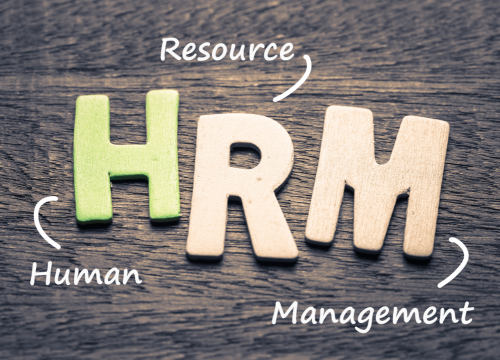HR and Recruitment Essentials: Important New Perspectives on Contemporary Workforce Management
Effective management of human resources has become very vital for every company in the competitive corporate market. Your staff is the foundation of your success whether you manage a big company or a little startup. Companies must have a well-organized HR and recruiting strategy that emphasizes developing a staff that not only performs but also thrives if they are to keep ahead. Modern HR solutions come in handy, here with tools like a roster system that guarantees the best efficiency and employee happiness by simplifying workforce scheduling. We will explore in great detail the foundations of HR and recruiting in this essay, stressing important ideas that will enable you to better control your workers.
Appreciating Strategic HR Management’s Significance
Strategic HR management is about matching your personnel with your corporate objectives, not just about recruiting and firing. HR managers of today are expected to be strategic partners who use good people management to drive organizational excellence. From spotting skill shortages to running training courses, HR’s involvement has changed dramatically. Modern HR strategies include employee engagement, compliance, performance management, and much more in a whole approach.
One of the key components of this strategy is using cutting-edge technology that streamlines administration. Integration of technology providing real-time data on employee performance, attendance, and skills can help companies make wise choices promoting development. This improves output as well as creates a friendly workplace where staff members feel appreciated and driven.

Accepting Technology into Workforce Management
Technology’s integration into HR and hiring is now necessary rather than discretionary. Automated technology and HR applications are changing how companies handle their staff. Among the advantages these instruments provide are improved staff communication, mistake avoidance, and time-saving automation.
The right technology allows HR professionals to have free time to concentrate on strategic goals by automating routine operations such as payroll, attendance monitoring, and leave management. For example, a well-run roster system guarantees that there is always the correct workforce on hand to satisfy company demands without overloading staff members, therefore helping to ensure the effective scheduling of workers.
Improving Retention and Employee Engagement
Workforce management revolves mostly around employee engagement. Productive, loyal, and helpful to the workplace culture engaged people are. Through consistent feedback, reward programs, and professional growth chances, HR is very important in encouraging involvement.
Companies have to concentrate on establishing a motivating workplace where staff members feel appreciated if they want to keep top performers. This includes providing chances for professional development, flexible working schedules, and competitive advantages. Long-term employee happiness depends critically on a culture of trust and mutual respect, which regular feedback and open communication between management and staff help to foster.
The HR and recruiting scene is always changing, so remaining ahead calls for using contemporary technology and tactics to improve staff management. Businesses may properly manage their most precious asset—their people—by concentrating on strategic HR practices, employing sophisticated recruiting tools, and putting technologies like automated roster system into use.
Including these realizations in your HR and hiring policies will not only increase operational efficiency but also result in a vibrant workplace attracting and keeping outstanding talent. Adopting these principles will help your company to be ready to face the difficulties of the future and reflect the direction of workforce management.




